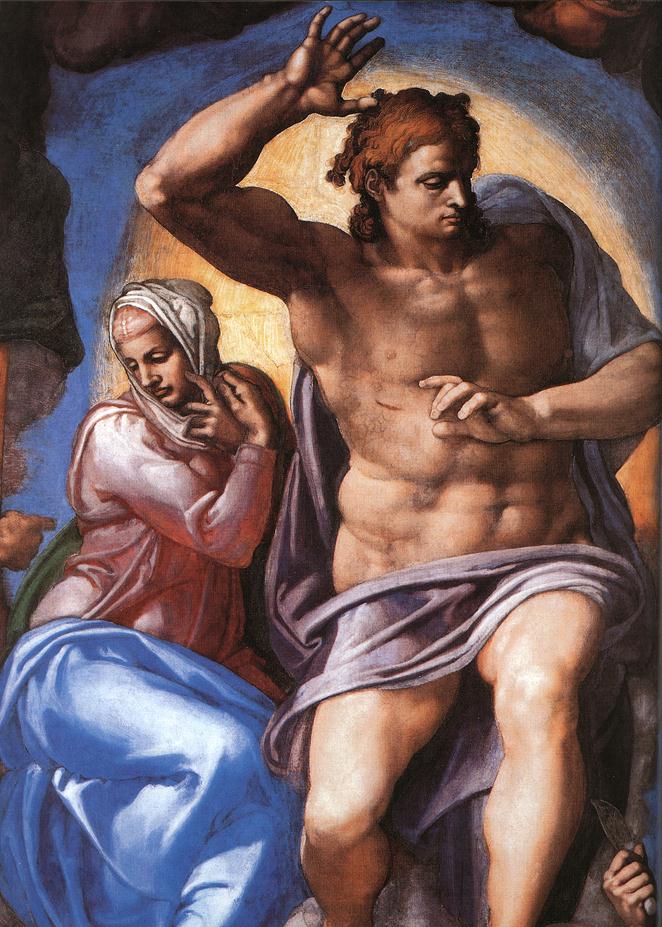British Museum Illustrations to Night Thoughts by Edward Young |
Pierre Berger wrote William Blake: Poet and Mystic while
Professor of English Language and Literature in the Lycée and
Lecturer in the University of Bordeaux. The book was published in
1915 in French. The English translation is by Daniel H Conner.
Pierre Berger demonstrated that Blake pushed the use of symbols
to the extreme. Because Blake identified so strongly with the
spiritual world and with his identity as a spiritual being, all
experience became for him symbolic of the unseen.
Pierre Berger
Page 90-93
"I do not behold the outward creation: to me it is hindrance and not action.It is as the dirt upon my feet - no part of me."
All animals and all plants are spirits similar to human spirits
or actual men
Every Stone on the Land
Each rock and each hill
Each fountain and rill
Each herb and each tree
Mountain hill earth and sea
Cloud Meteor and Star
Are Men Seen Afar"
Such an interpretation is only natural to a man for whom nothing existed except the human spirit. Every other object that he saw also be a spirit like himself. Consequently all things are human. The visible world is but the outward sign of bodies hiding a soul. And even this last assertion could not satisfy Blake since to him body and soul were not distinct things. The body is a part of the soul made visible, the expression of the soul to our senses. There is no separation of one from the other. The parting of soul and body is not the putting off of an old garment which can be utterly destroyed, it is the soul's release from its visible part, or better still its ceasing to be visible. The body was not only a prison in which the soul was enclosed and from which it now escapes, it was rather a product of the soul as the cocoon is a product of the silkworm, an emanation from the soul created by and attached to the soul like a kind of vegetable growth in order to give it a material visibility, and also for other and profounder reasons which will explained later.
Thus all material objects are bodies created by
the souls which they at once display and hide and in which they
seem to be enclosed. This theory while resembling the
metempsychosis of the ancients differs in some respects from it.
For them body and soul had an independent existence, the soul
passing into the bodies of plants and animals according to its
tendencies in this life. But neither the animal nor the plant
was an integral part of it. Blake like the ancient Indians held
that the soul not merely decides what body it shall enter but
actually creates a body for itself and perhaps passes in this
way through a series of existences. He does not clearly say how
this creation is worked, sometimes indeed he even adopts the
common expression and speaks of a soul imprisoned in its body of
clay and actually represents in pictures the separation and
reunion of the soul and the body. But he never loses sight of
his essential idea of the body as a part of the spirit made
visible.
Consequently we are everywhere surrounded by
spirits. We see only the visible part of them and are satisfied with
that because we are men of simple vision living in the world of
matter which is illusion. The great poets alone can see the
invisible. And for this reason they have recourse to metaphors,
giving a soul to material things and making them think and feel
like men. An effect of their imagination! we say. Blake would
reply: No but the expression and actual perception of reality. The
poets themselves however do not deny the independent existence
of material things. Blake does deny it. To him a metaphor is no
mere poetic fiction, it is the truth. If he had lived in ancient
times he would have believed literally in the horses of Phoebus
and the rosy fingers of Aurora. He would have
formed his creed out of all the allegories of the poets. It is
true that he attempts to distinguish between allegory and his
own visions. Fable or allegory he says is a totally distinct and
inferior kind of poetry. Vision or imagination is a
representation of what actually exists really and unchangeably.
Fable or allegory is formed by the daughters of Memory.
Imagination is surrounded by the daughters of Inspiration. The
Greeks represent Chronos or Time as a very aged man. This is
fable but the real vision of Time is an Eternal youth. He does
however allow some power of vision to the poets who preceded
him. Fable or allegory is seldom without some vision. Pilgrim's
Progress is full of it. The Greek poets the same. But allegory
and vision ought to be known as two things and so called.
America itself is only a symbol standing for that part of the spirit not yet subjugated and bound down by tyrannical laws. Blake is a symbol a mere transitory form of the prophetic spirit, his wife is a symbol of the internal joy felt by that spirit and of its softer emotions. And so we pass through this little life of ours unknowing unsuspecting that we are but reflections, metaphors in action, symbols and representations of eternal beings who dwell outside of time and space and whose life is the only real existence."


.jpg)






.jpg)
